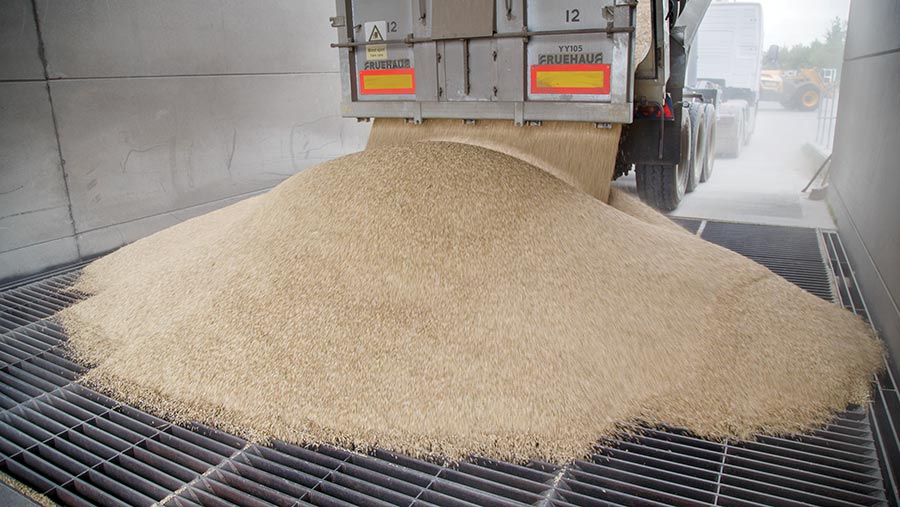Barley at £156/t provides good value alternative to wheat
 © GNP
© GNP A £22/t discount for feed barley compared with feed wheat is making it an enticing alternative for use in animal feed.
Grain merchants say demand for barley has been lacklustre both in the domestic market and for exports.
The UK has an estimated exportable surplus of 1.5m tonnes for 2023-24, according to the latest UK cereals supply and demand estimates.
See also: Farmers views sought on future of digital grain passport
Meanwhile, animal feed use for barley is forecast to decline by 129,000t year on year to 3.8m tonnes.
Feed and grain trader ADM Agriculture reported that UK barley continues to trade at a significant discount to wheat, reflecting this fundamental lack of demand.
Traders at ADM said: “Farmer sellers are providing some support through lack of selling, so we remain at an impasse while the market searches for price direction.”
Spot prices collected by Farmers Weekly on 22 November put feed barley at £156.4/t and feed wheat at £178.9/t.
Feed barley is finding more domestic demand as a result of its current discount to feed wheat, according to Frontier Agriculture, particularly in the north of England, where the discount is widest.
Early planting intentions indicate that tough autumn drilling conditions are likely to lead to an increase in spring plantings.
Industry estimates suggest that the winter barley area has fallen by about 6% and spring plantings are forecast to increase by 13%.
Wider grain market trends
Barley markets continue to track wheat markets, with prices being driven by the wider global grains complex.
UK feed wheat futures on 21 November closed at £186.65/t for the November 2023 contract and £197/t for the May 2024 contract.
On 16 November, the International Grains Council increased its global wheat crop outlook for 2023-24 by 2m tonnes to 787m tonnes.
